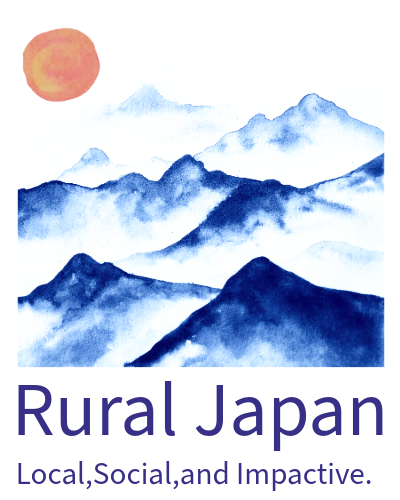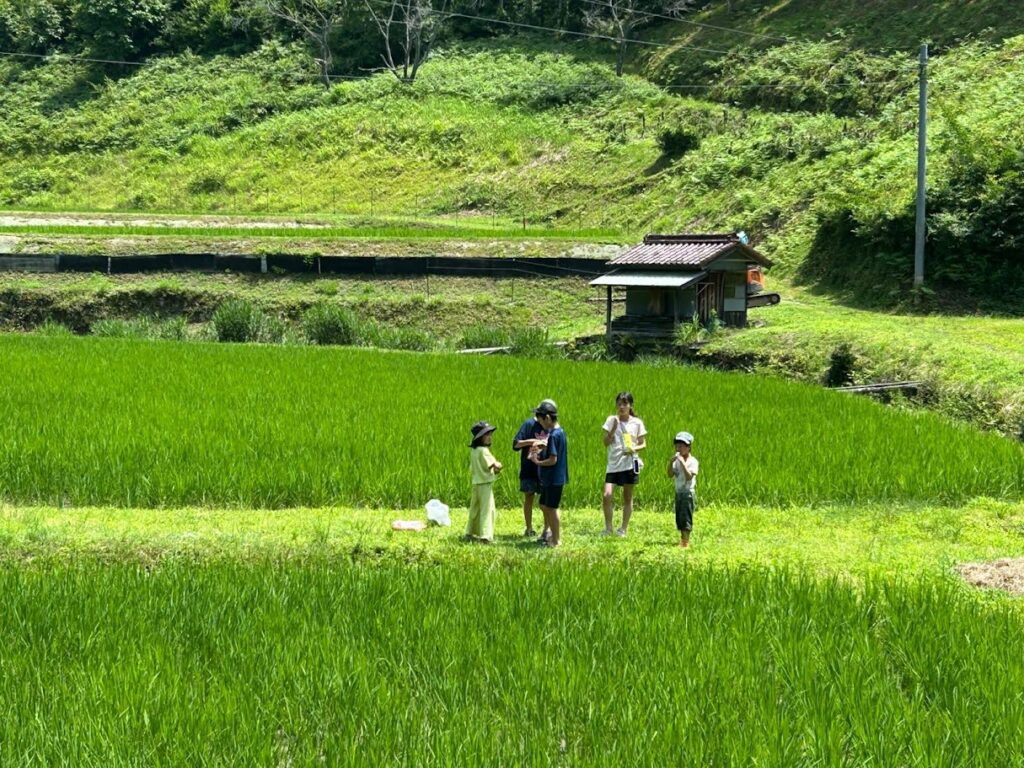
A journey into the fields that cultivate the future — A tour that invites you to deeply understand and walk through Japan’s rural landscapes.
Want to see the original scenery of Japan as it once was?
Perhaps you’re not looking for just another typical trip — perhaps you want to truly get to know a place, and connect with the life that still exists there.
You may long to meet people you’ve never known before, as you walk through green landscapes.
The question — What is Satoyama? — might really be: Could it be that this culture still lives on inside us?
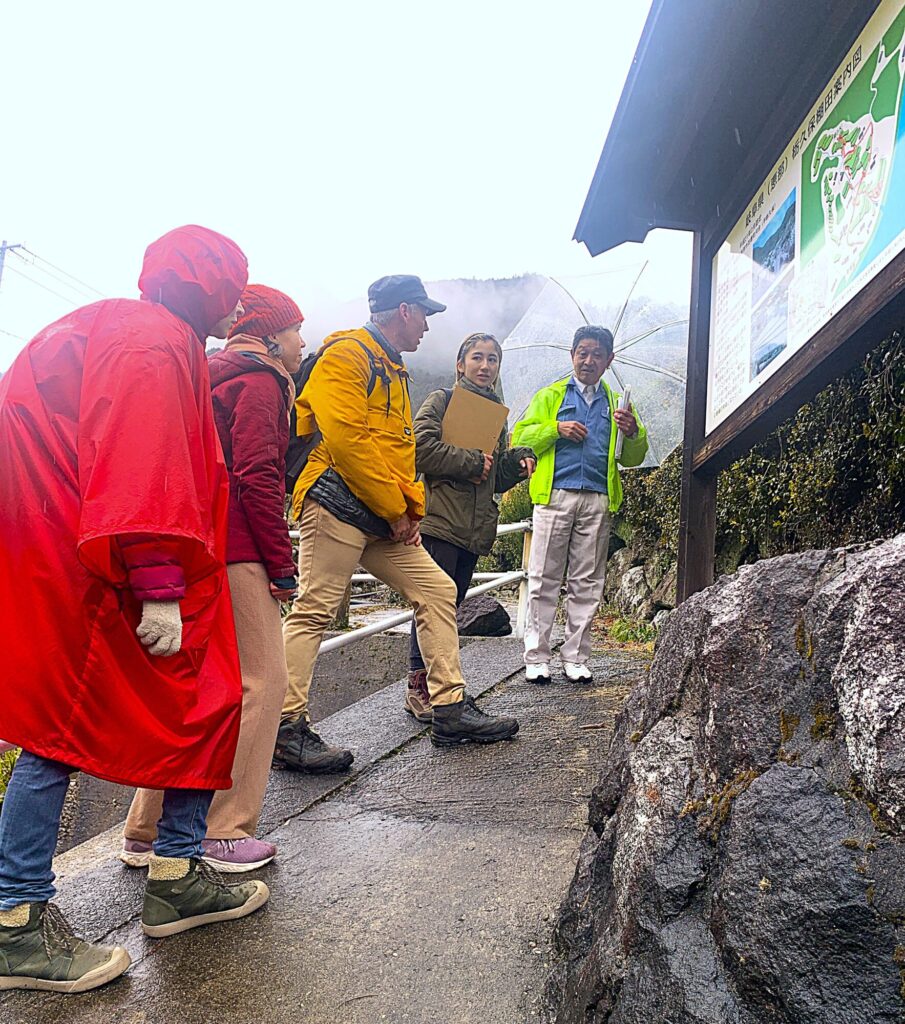
Rural Japan connects people and the land with a thread, offering unique experiences that can only be found in the heartlands of Japan.
Through meeting local people and engaging in dialogue, we invite you to take home “surprise and transformation” as the souvenir of your journey — a new form of local tourism.
This could be a tour where you experience rural lifestyles, or one that delves into regional issues.
There are tours exploring the secrets of Japan’s rich food culture, and learning tours that involve fieldwork for inquiry and discovery.
On each tour, you’ll encounter the region, meet its people, and be surprised by the dialogue and discoveries.
Your values may be shaken as you feel wonder, excitement, and a stirring of the heart.
We offer this form of tourism as a way for travelers and locals to share moments of surprise and together envision the future of Satoyama.
A Journey to Fully Savor the Authentic Life and Culture of Rural Japan
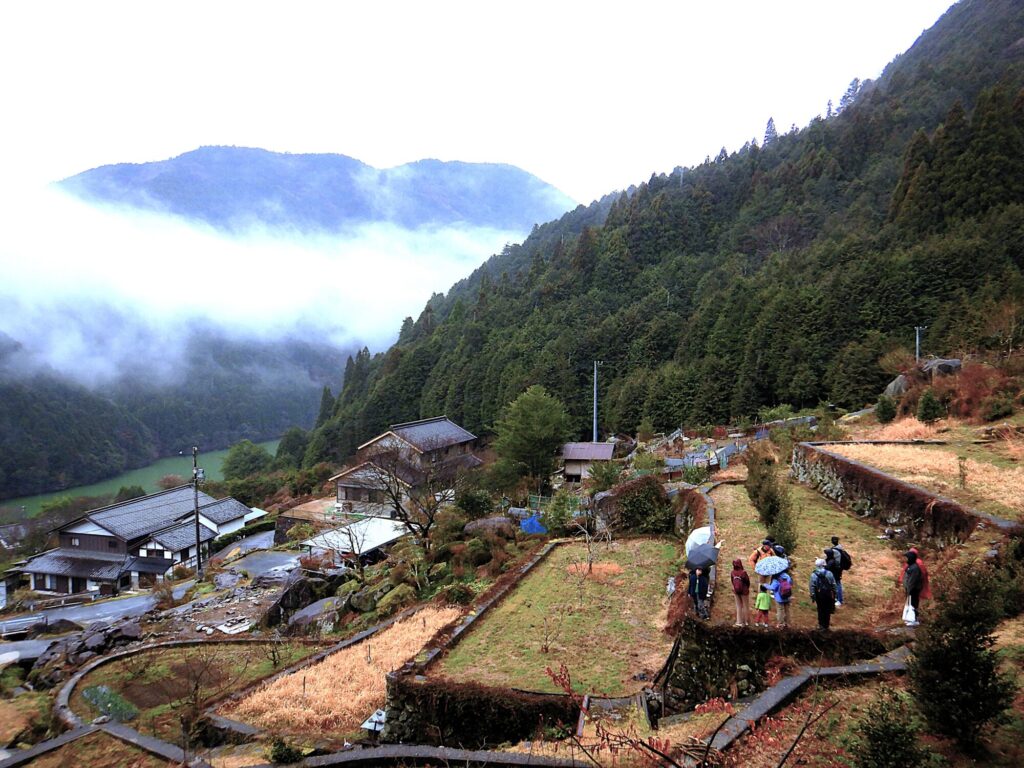
Traditional Japanese villages have long lived in harmony with rich natural surroundings, sustaining traditional livelihoods — what we call Satoyama.
Although modernization after World War II brought challenges, the vibrant mountains, beautiful rice terraces, and communities remain impressive, even compared to rural areas elsewhere in the world.
These communities are aging, but they remain full of life. As the world focuses on SDGs, rural Japan stands as one of the regions closest to a sustainable society.
On this tour, you will savor beautiful nature while interacting with local people — experiencing not something made for tourists, but the authentic life and culture of Japan.
Come to Ena and Nakatsugawa,Gifu and experience one of the world’s most truly “sustainable” ways of life. Authentic experiences in Japan await you.— Masao Takano, Professor, Graduate School of Environmental Studies, Nagoya University
Our Strengths and Promises
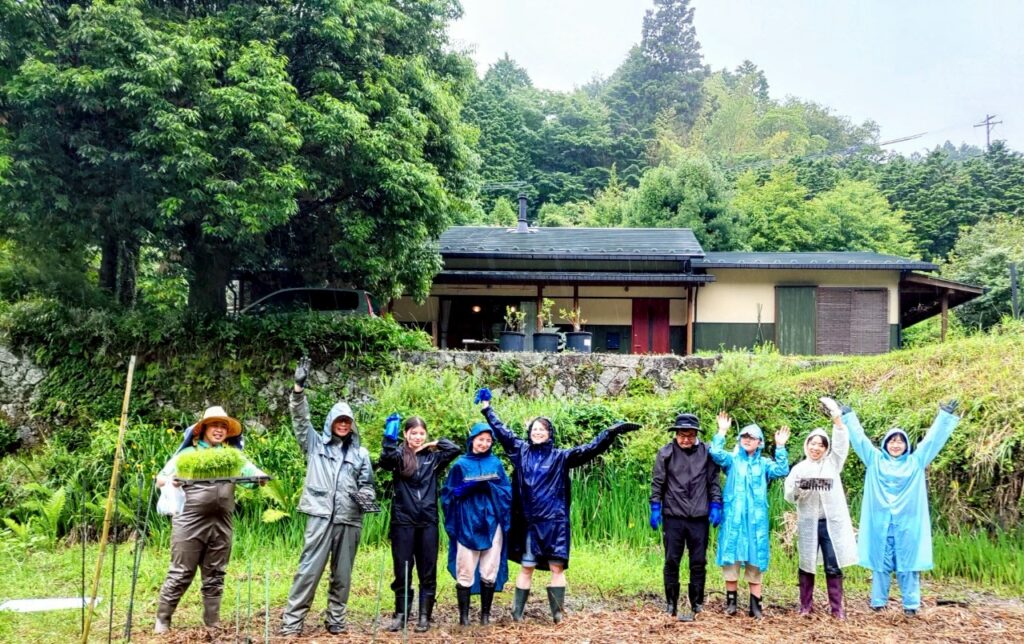
〇 Experience the true Satoyama of Japan, rooted in the region
By working closely with key local figures, we offer authentic experiences of rural culture, not content designed just for visitors.
〇 Encounters that offer deep learning
Supervised by experts in sustainability, environment, energy, regional revitalization, and local tourism, our tours stimulate curiosity and offer rich learning experiences like real fieldwork.
〇 Environmentally responsible tourism
We design tours that minimize environmental impact, making use of local resources and adopting practices that reduce waste and promote recycling.
〇 Diversity-friendly
All our guides undergo diversity training to ensure a fair, inclusive experience. We ask all participants to respect and understand each other. We also strive to accommodate food diversity — please inform us in advance of any allergies or dietary needs.
The Timeless Spirit of Ena and Nakatsugawa
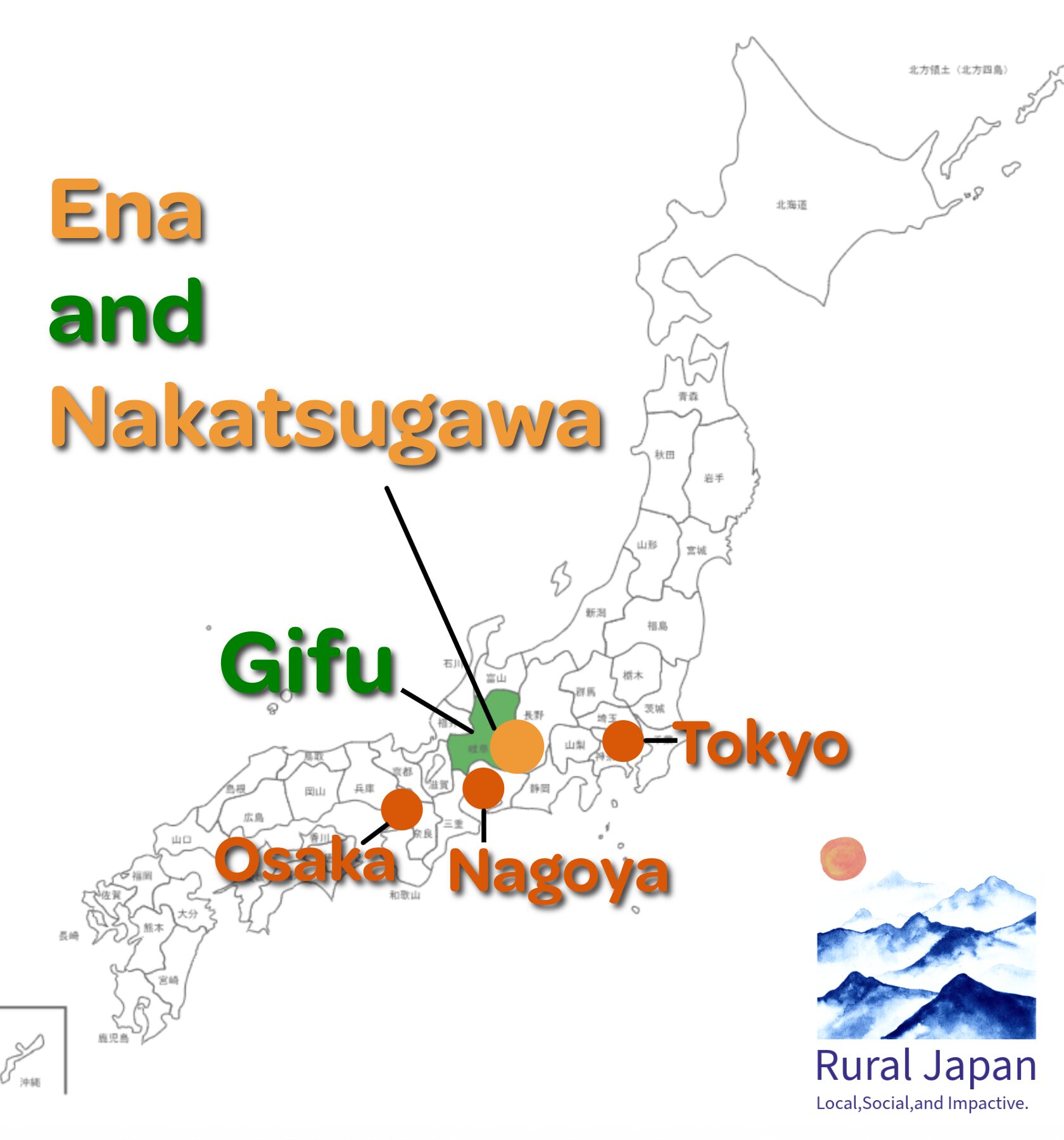
Japan’s rural heartlands are places where nature, culture, and dayly life are layered together like fabric — gently enveloping visitors in their quiet embrace. In Gifu, from the World Heritage village of Shirakawa-go and the timeless streets of Takayama to the post towns of Magome and Tsumago along the historic Nakasendo (Samurai Road), these landscapes invite you to rediscover what once defined Japan’s spirit.
Before and after your journey along the Samurai Road, be sure to venture into the rolling satoyama of Ena and Nakatsugawa. Here, vibrant local food cultures, strong community bonds, and handcrafts shaped by generations living close to nature reveal the authentic heartbeat of rural Japan.
In Ena and Nakatsugawa, tradition, innovation, and sustainability continue to weave together — offering a rare opportunity to touch both culture and community.
Step off the beaten path, explore Ena and Nakatsugawa, and let the spirit of rural Japan welcome you before and after your Samurai Road adventure.
Beyond Magome and Tsumago: Discover the Hidden Treasures of Ena and Nakatsugawa on the Samurai Road
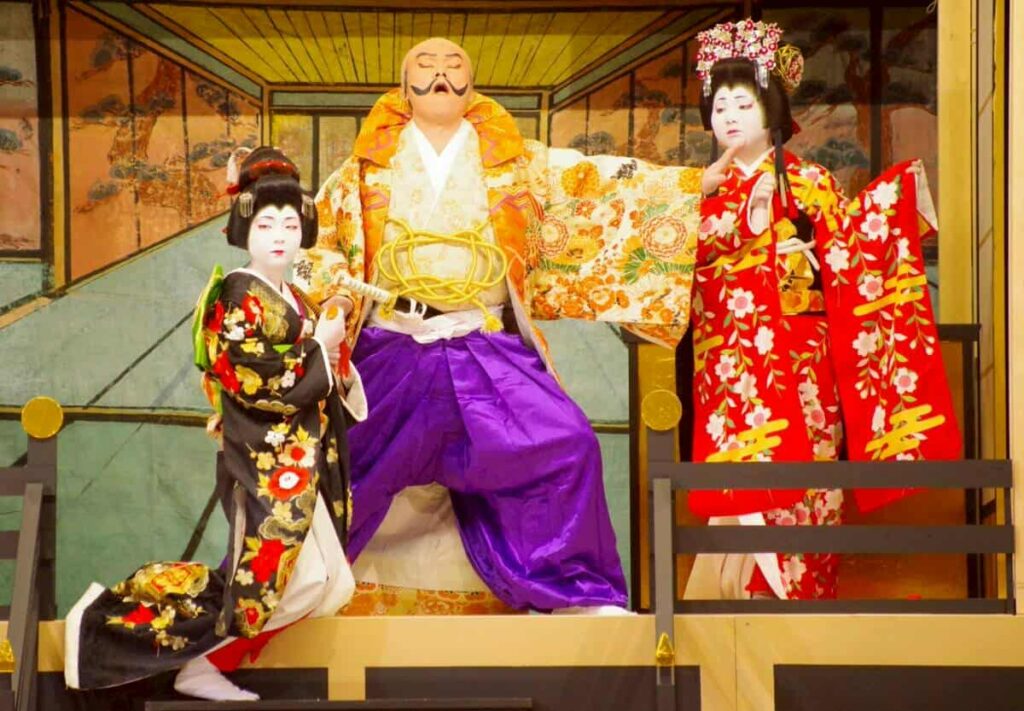
One of the most striking things I discovered after moving to this region was how deeply its traditional culture is still alive. Throughout Ena and Nakatsugawa in Gifu Prefecture, century-old playhouses—built some 80 to 100 years ago—still stand today. These venues host regular performances of jikabuki—local kabuki theater, in which townspeople themselves take on the roles of actors. In my own town of Iiji, we have a playhouse called Gomouza, where the entire community comes together for these vibrant, homegrown performances.
These historical theaters have also become venues where tradition meets innovation. Recently, they’ve begun hosting concerts featuring classical, jazz, and rock music—creating a fascinating fusion of the old and the new.
Spiritual traditions are also woven into everyday life. Each neighborhood has its own small shrines or sacred altars dedicated to local deities or Buddhas. In spring and autumn, community members gather to clean and purify these sites before holding seasonal festivals, preserving customs passed down through generations.
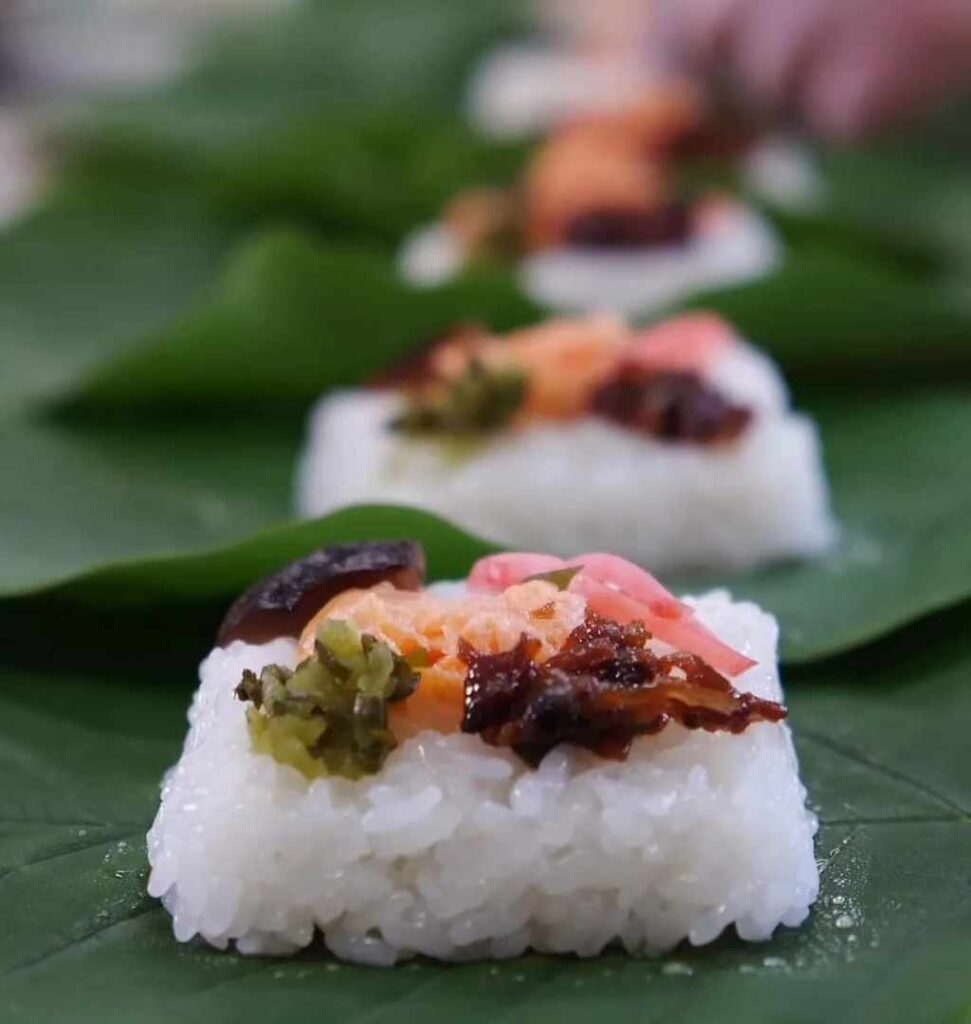
But perhaps most surprising—and delightful—is the region’s remarkably rich food culture. One standout is hōba-zushi, sushi wrapped in magnolia leaves. Come June, many households still make it by hand, and it’s common to find magnolia trees growing on private properties just for this purpose. Supermarkets even create special sections stocked with all the necessary ingredients, like vinegared mackerel and traditional pickles—something that truly astonishes newcomers.
Other regional delicacies include hōba-mochi (steamed rice cakes wrapped in magnolia leaves), gohei-mochi (rice molded into ovals or dumplings, skewered, coated with a sweet-and-savory walnut or sesame sauce, and grilled), fermented squid in rice malt, hebo (candied black wasp larvae—a true local delicacy!), and sashimi konnyaku made from konjac yams.
A journey to the Tōnō region offers a rare opportunity to experience the richness of rural Japanese life—from heartfelt performances in nostalgic theaters to unique local dishes crafted with seasonal care. It’s an immersion into living tradition, and I warmly invite you to discover it for yourself.
— Mari Kobayashi
Ena City – Discover Traditional Japan and Stunning Nature in Gifu
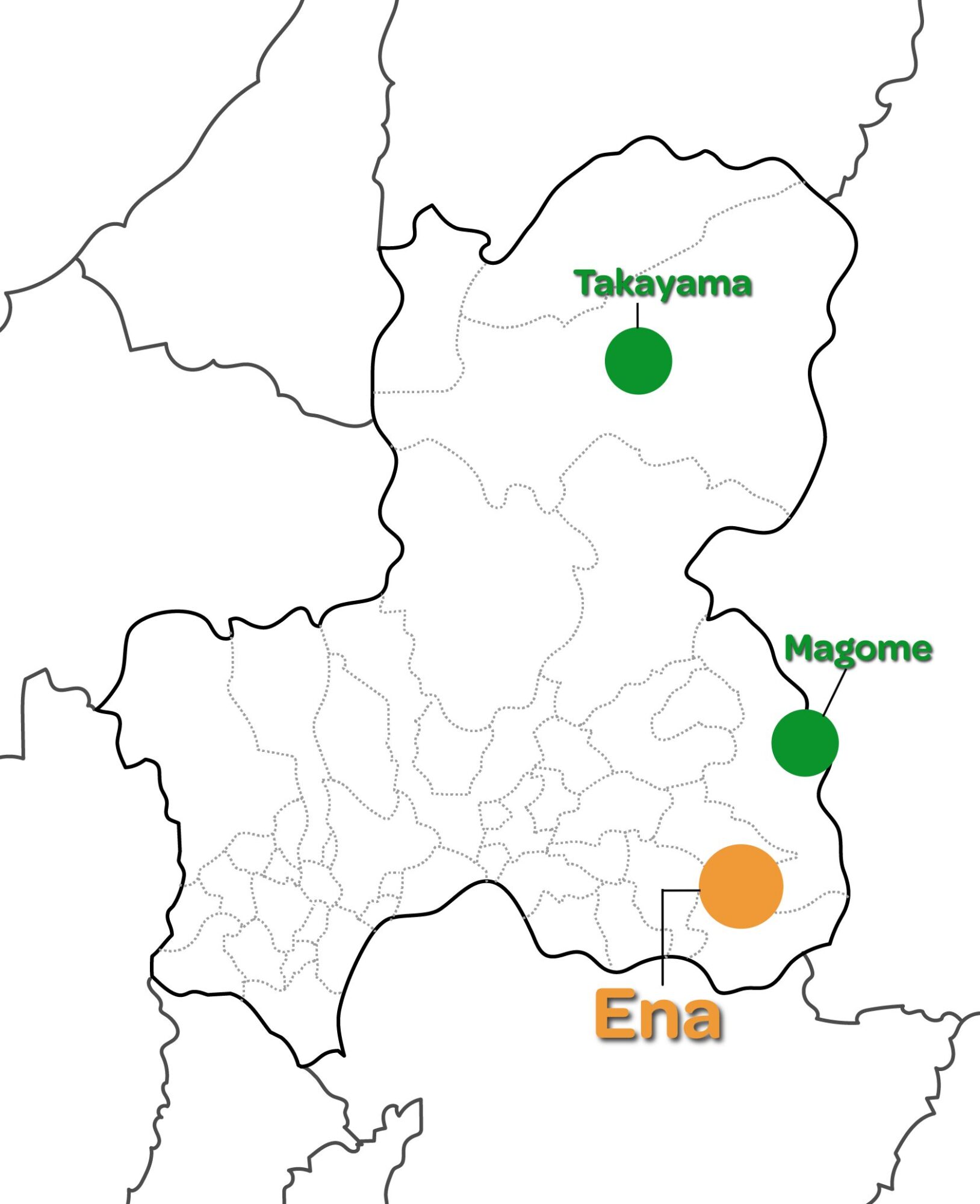
Ena City, located in southeastern Gifu Prefecture at the base of the Central Alps, is the perfect destination for travelers seeking the natural beauty and traditional culture of Japan. Famous for Ena Gorge, carved by the Kiso River, Ena offers breathtaking scenery, hiking trails, and rural villages where terraced rice fields and centuries-old farming traditions remain alive.
The city’s highlights include Mt. Kasagiyama, a popular spot for climbing and panoramic views, and Iwamura, a historic castle town designated as an Important Preservation District for Traditional Buildings. Don’t miss Nihon Taisho Mura, where you can experience the nostalgic atmosphere of Japan’s Taisho, Meiji, and Edo periods. Ena is where nature, history, and local life create a peaceful and authentic Japanese experience.
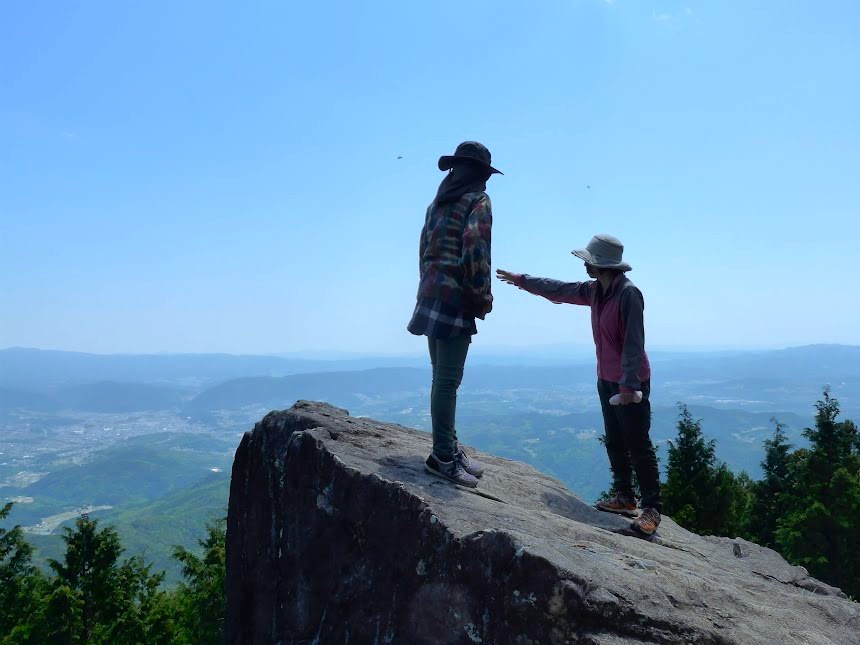
Nakatsugawa – Explore Nakasendo Post Towns and Scenic Mountains
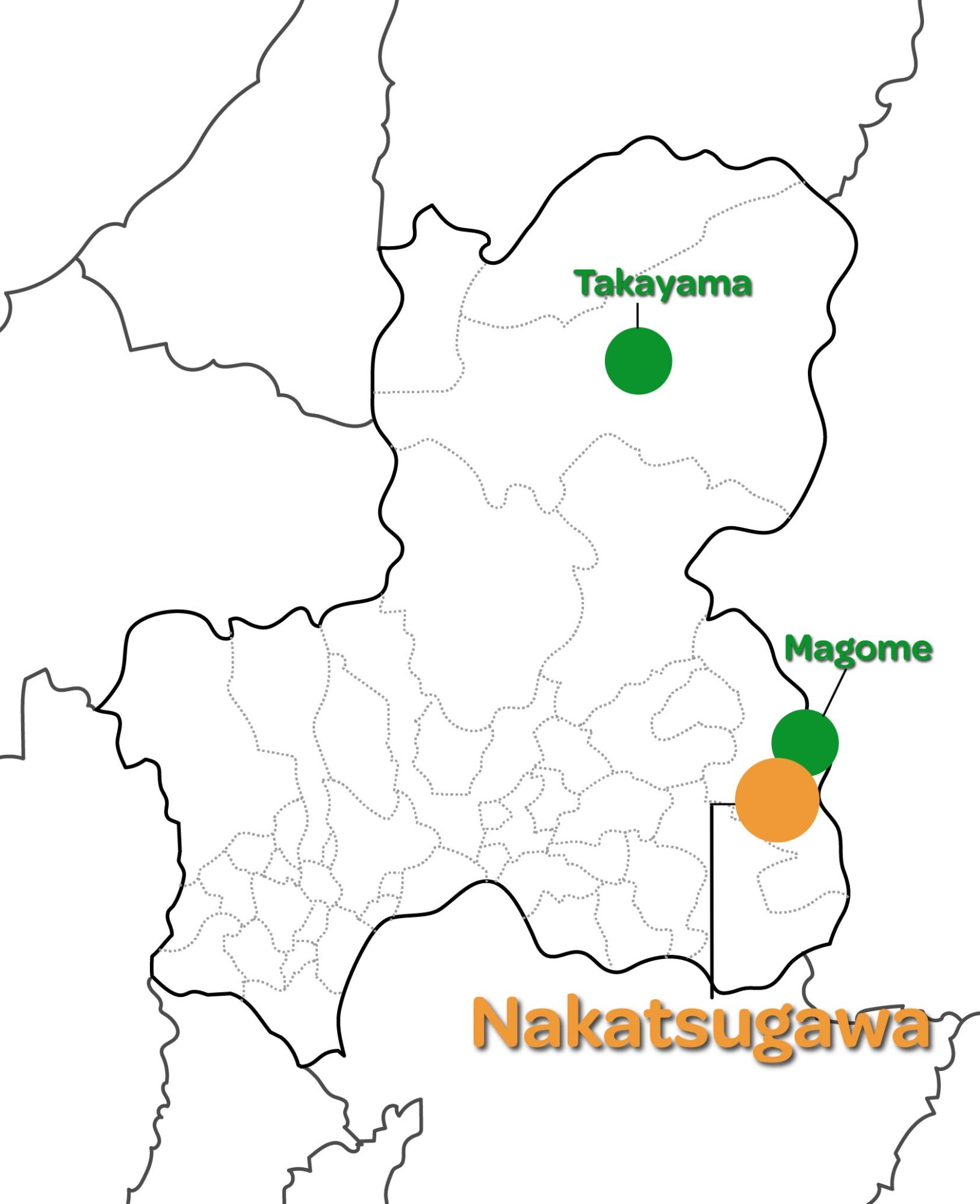
Nakatsugawa City is a must-visit for anyone exploring Gifu Prefecture and the Nakasendo route. Surrounded by the Kiso Mountains and Ena Highlands, Nakatsugawa is known for its beautiful valleys, clear rivers, and rich forestry culture. The Nakatsugawa and Tsukechi Rivers, part of the Kiso River system, support local woodworking traditions with the famous Tono Hinoki cypress.Visitors can walk the historic stone paths of Nakatsugawa-juku and Magome-juku, post towns that flourished during the Edo period. Magome is also famous as the birthplace of author Toson Shimazaki and offers a unique blend of literary history and scenic hiking trails along the “Samurai Road.” Nakatsugawa surprises travelers with vibrant music festivals, skate culture, and stylish coffee stands — blending tradition with modern creativity.
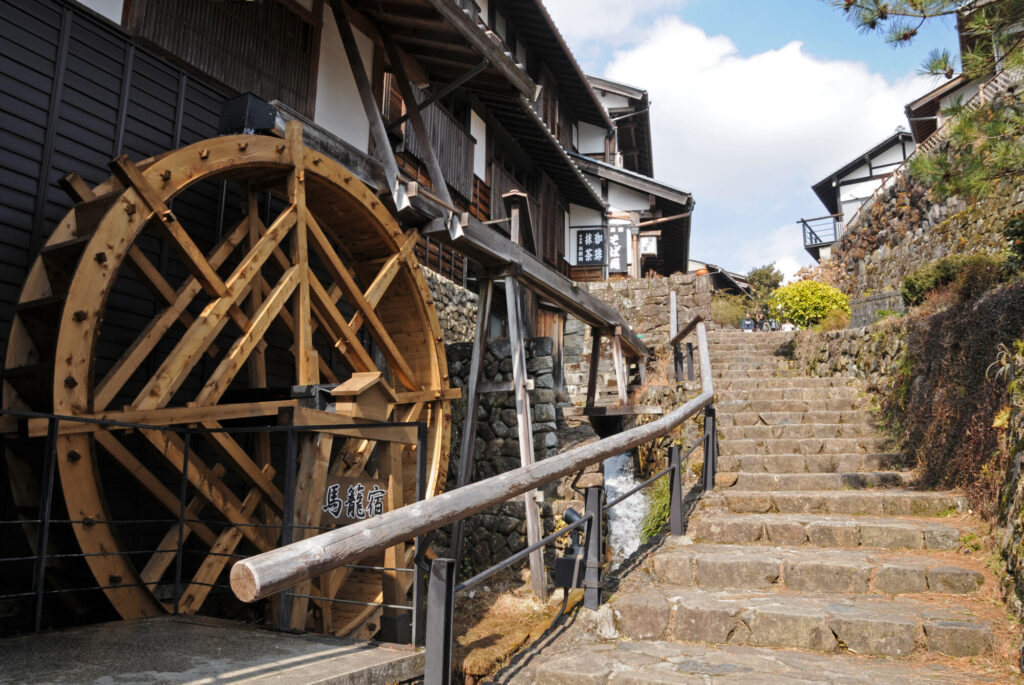
What is the Sato-juku Project?
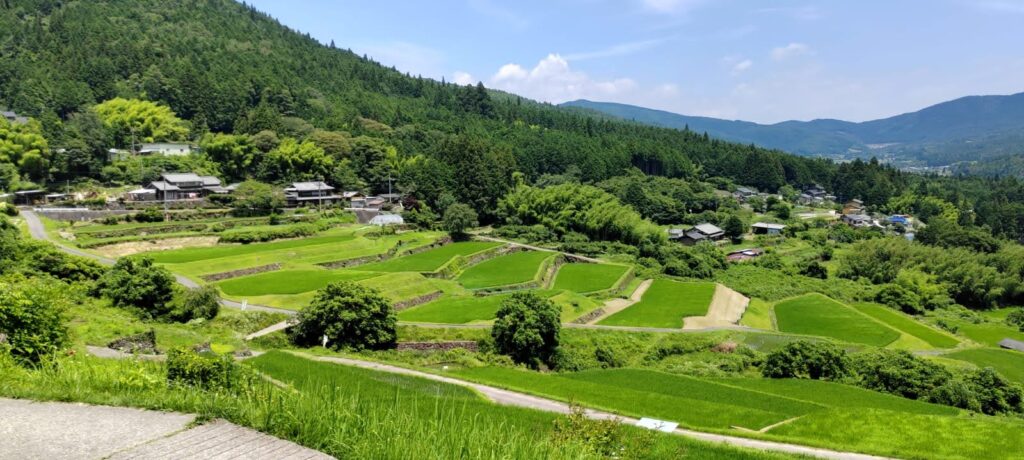
The Sato-juku Project is a regional initiative launched by Masao Takano, Professor of Environmental Studies at Nagoya University, and supported by volunteers.
Sato-juku means a place where you can stay (juku = yado = inn or lodging) in sato — the traditional Japanese village landscapes where people have long lived in harmony with nature. This project invites you to experience authentic rural life in Japan, including Satoyama culture, local traditions, and regional cuisine, by staying in these villages and connecting with their people, culture, and landscapes.
It underpins the Rural Japan Tour, providing an entry point into rural communities of Ena and Nakatsugawa that visitors would not normally access.
By stepping through this gateway, we hope you’ll encounter rare and invaluable experiences of traditional Japanese life, local food culture, and sustainable rural practices.
Why We Started the Sato-juku Project
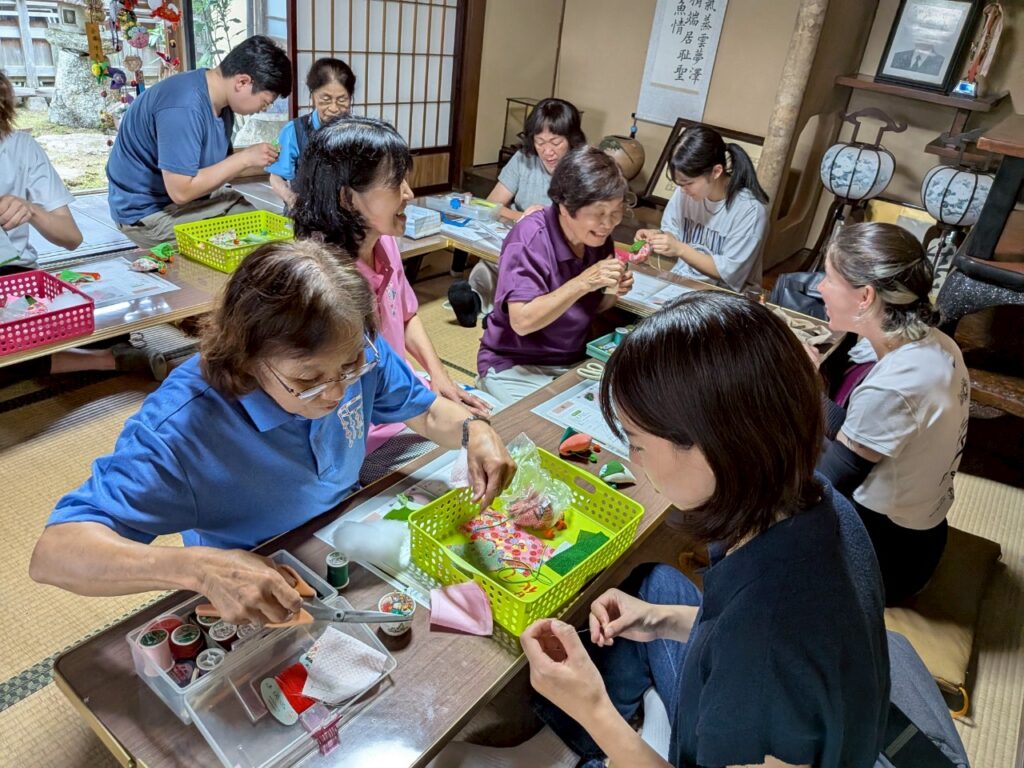
The Ena and Nakatsugawa region of Gifu, where we base our activities, is blessed with rich geography and is home to some of Japan’s most enduring traditional culture. This is the land of Satoyama — where people have lived in harmony with nature for generations. Fields, homes, and mountains form the heart of a way of life that once shaped the everyday scenery of Japan. Today, however, this landscape is gradually disappearing due to depopulation and an aging society.
In this context, a simple but powerful wish arose:
To share the beauty of this way of life, and the wisdom passed down through its history, with people from around the world — and with future generations.
We believe that the knowledge of living with nature, and the human connections that support daily life here, can offer not only personal inspiration but also hints for addressing some of the global challenges we now face — from environmental issues to social divides.
And when visitors from afar come here, they bring new energy — encouraging small businesses, inspiring new residents, and helping sustain the future of this region.
The more people who engage with this place, the more possible it becomes to keep it alive.
Cultivating the Region, Reweaving Its Future
What we offer is more than just sightseeing.
We invite you on a journey of learning — one that stirs reflection on how you want to live and what values you wish to shape for the future.
Here, the classroom is the landscape itself: perhaps a field or an old path, or a kitchen where an elderly woman prepares food as generations have before her.
Everywhere you go, the land teaches.
For those from outside, and for younger generations, the history and wisdom of Satoyama can be full of wonder.
How to find and enjoy wild herbs. The spiritual practices tied to this land. The food culture passed down through the ages.
Each of these is deeply valuable. Yet locals often see these traditions as simply “ordinary” — and the wisdom they represent remains scattered, unconnected.
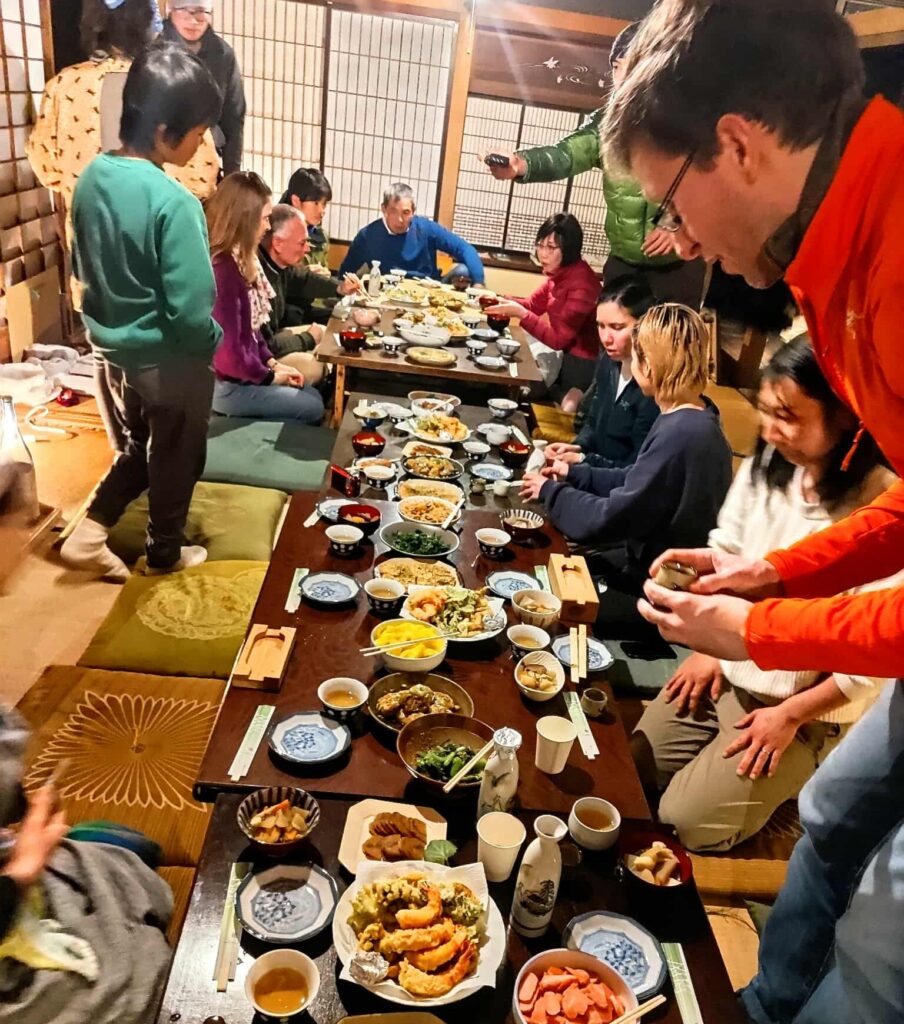
Our hope is to rediscover this value — together with visitors and local people — and to weave it into something lasting for the future.
Connecting the dots into lines.
Weaving lines into fabric.
A fabric that drifts like the clouds over these mountains.
“In spring, it is the dawn that is most beautiful. The slowly whitening mountain edges, as the light appears, with thin, purple clouds trailing delicately across the sky…”
— Sei Shonagon (c. 966–1017), The Pillow Book
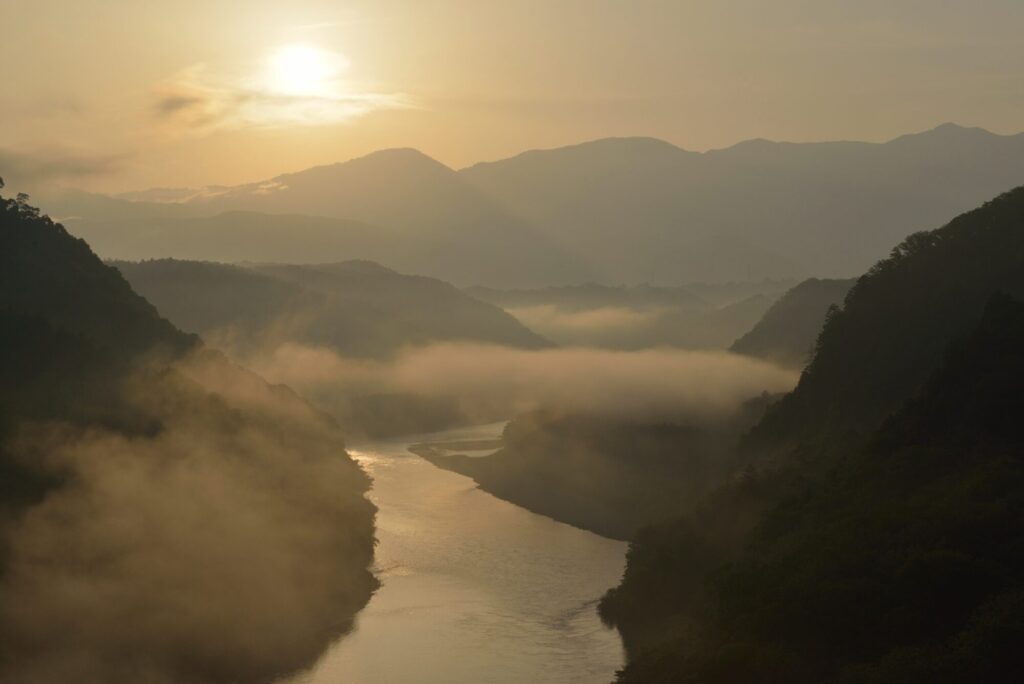
When you visit, you may find yourself pausing to notice the clouds brushing the mountains, the quiet at dusk.The Sato-juku Project is our way of creating a place of co-creation — where travelers and locals meet as equals, engage in dialogue, and reflect together.
This is our wish, and the spirit behind what we do.
Meet Our Team of Ena and Nakatsugawa
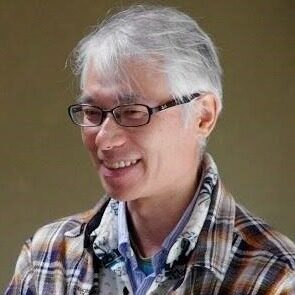
Masao Takano
Professor at Nagoya University Graduate School of Environmental Studies. Through extensive fieldwork in Japan’s rural farming and mountain villages, he researches and practices sustainable community development. He focuses on sustainable tourism as a viable livelihood for these areas and is piloting a community-based tourism model that combines a guesthouse, a local travel agency, and guided tours. Masao specializes in slow-paced guided walks through villages and mountains, sharing expert knowledge in an accessible way. He lives in a traditional farmhouse in a mountain village in Ena City, Gifu Prefecture, embracing a lifestyle with a wood-fired bath and stove.
Thoughts on the Sato-juku Project
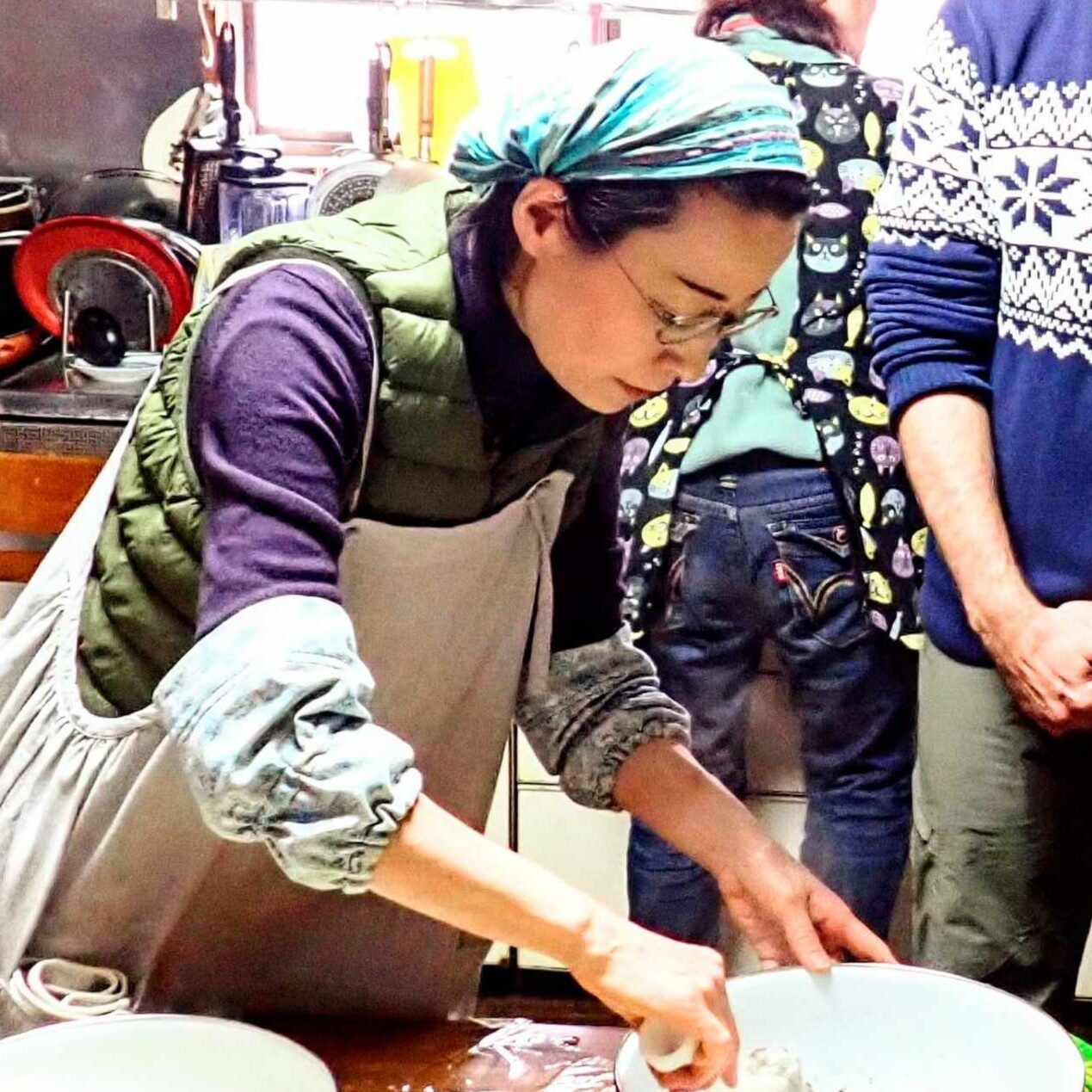
Mari Kobayashi
Originally from Nagoya City, Mari moved to Iitate Village in Fukushima Prefecture in 2004, starting her life in the satoyama (rural mountain) lifestyle. After enduring the tragic loss of her husband, the Great East Japan Earthquake, and the nuclear disaster, she relocated in 2016 to Iijicho, Ena City, Gifu Prefecture. There, she inherited the “Kouya”, passed down through nine generations since the Edo period, and resumed satoyama living. Mari dedicates herself to cooking with local ingredients, making preserved foods and sweets, and is preparing “Kitchen Konkon” and “Guesthouse Konkon” to welcome visitors. She also runs “Authentic Satoyama Experience: Kouya Lab.”
Instagram: @kouya.mari
Thoughts on the Sato-juku Project
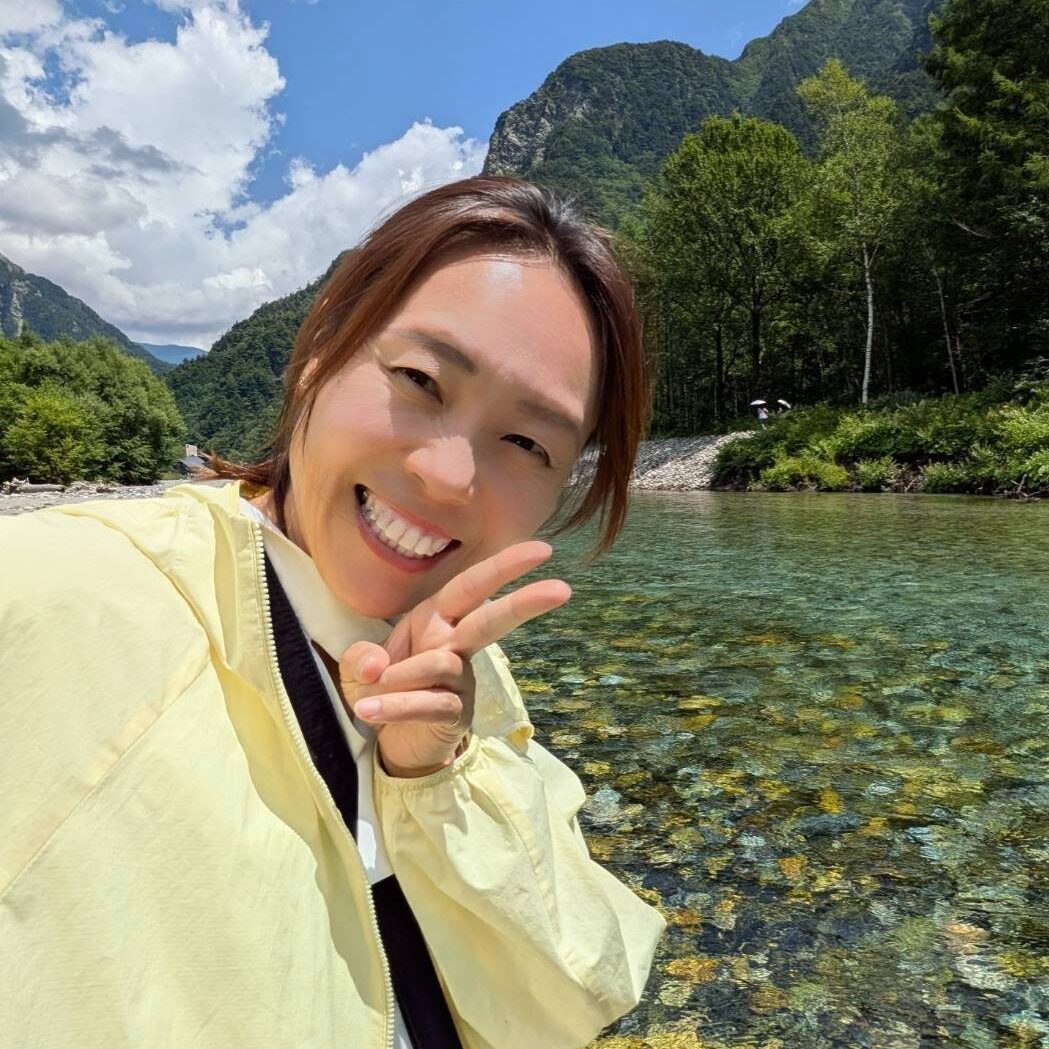
Keiko Katsuno
Born and raised in Agi, Nakatsugawa City, Gifu Prefecture. After graduating high school, Keiko worked as a bus guide for the Kita-Ena Bus Tour. After marriage and leaving the job, she balanced raising four children with working at a local care facility and continuing as a freelance bus guide traveling across Japan. The COVID-19 pandemic dealt a blow to the travel industry, prompting her to transition into community development in Kasagi Town, Ena City, a depopulating mountain area. Through her work to curb population decline and revitalize the region, she rediscovered the warmth and unique charm of rural life. Keiko holds certifications as a Domestic Travel Service Supervisor and Domestic Tour Conductor. She lives with her family of seven and two dogs.
Thoughts on the Sato-juku Project
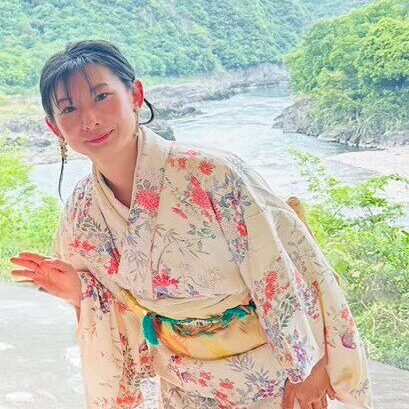
Ayami Sato
Born and raised in Ena City, Gifu Prefecture, Ayami grew up surrounded by mountains and rivers, with both her paternal and maternal grandfathers being forestry workers. She began writing poetry about nature and people at age seven. In her early twenties, she traveled solo across Africa, returning home after marriage and childbirth. She is CEO of Leone LLC, where she oversees business operations across import, e-commerce, writing, and travel services, and is also responsible for editing this website as well as social media strategy. Ayami is a mother of two and enjoys experimenting with global cuisines. She lives without modern water infrastructure.
Thoughts on the Sato-juku Project
I was raised by a tributary of the Kiso River, surrounded by mountains. The unchanged beauty of this landscape still moves me deeply, and my desire to share it has not faded since childhood. In a time when global challenges grow urgent, I believe sharing the lifestyle rooted in Ena and Nakatsugawa’s landscapes with people from other parts of Japan and overseas can plant seeds for a better future.
